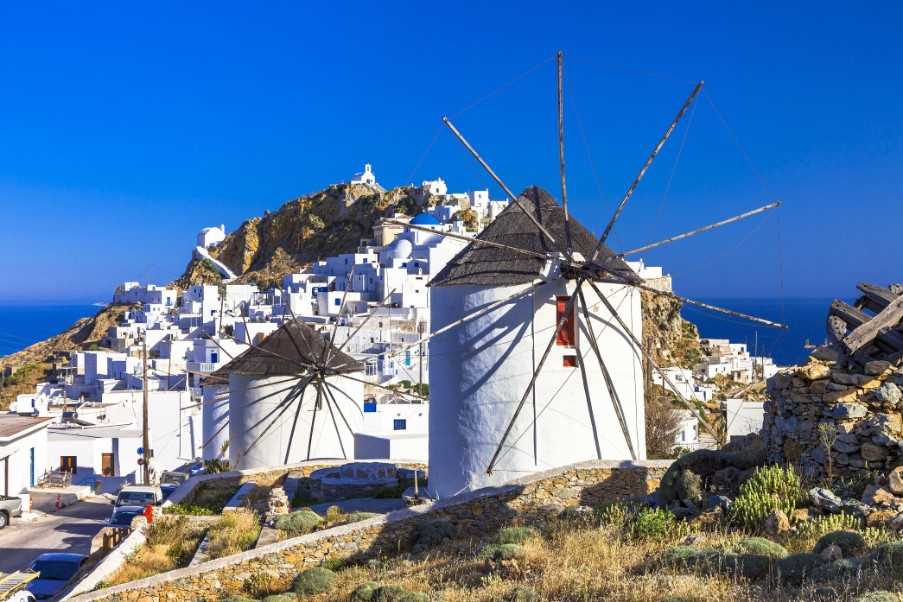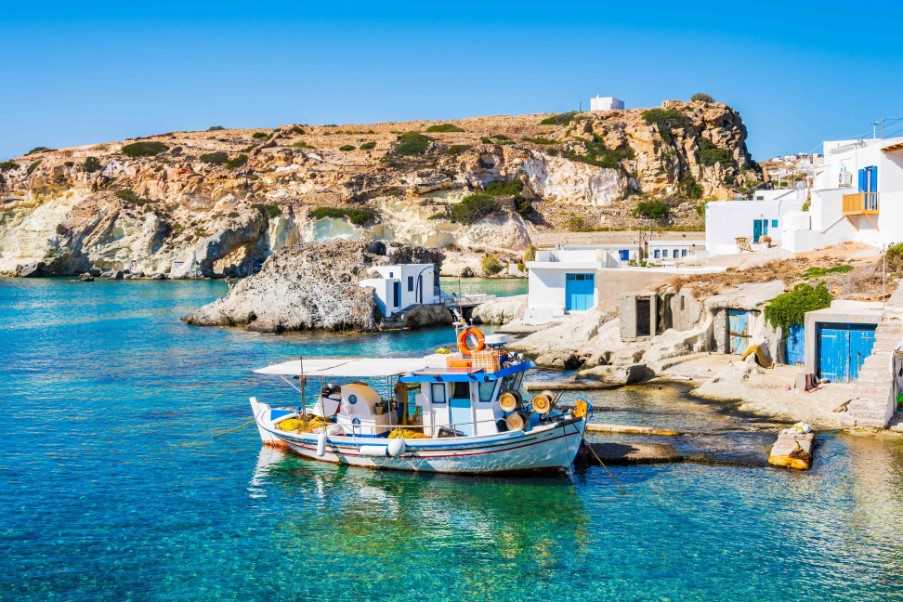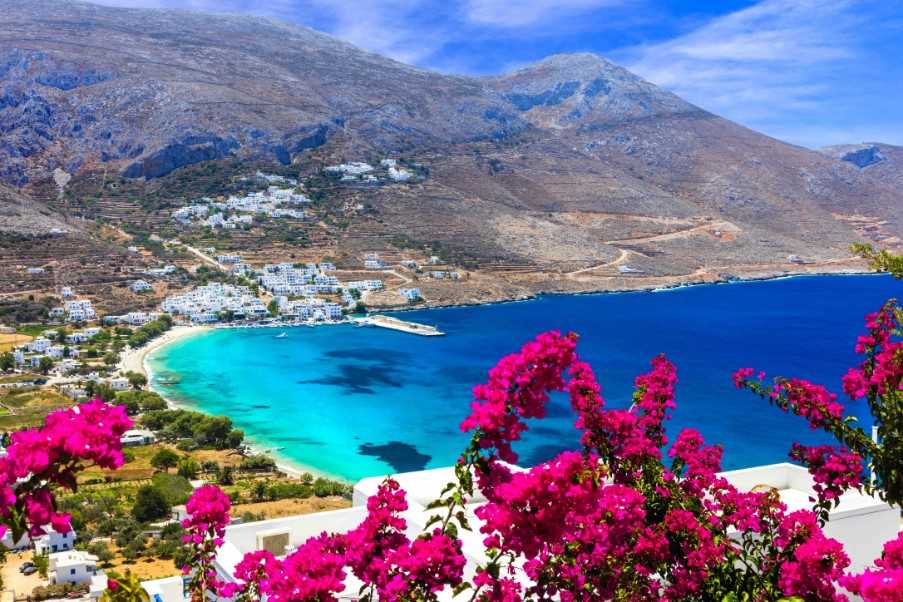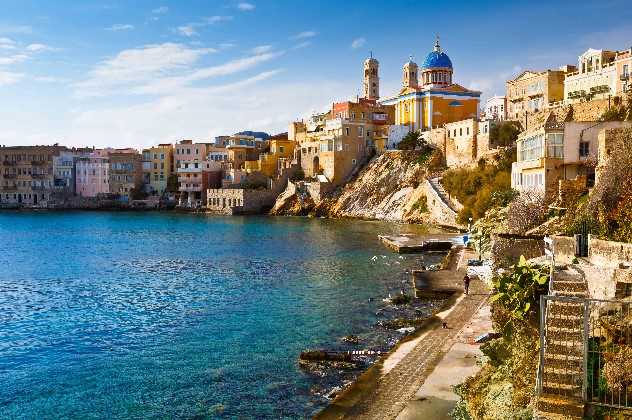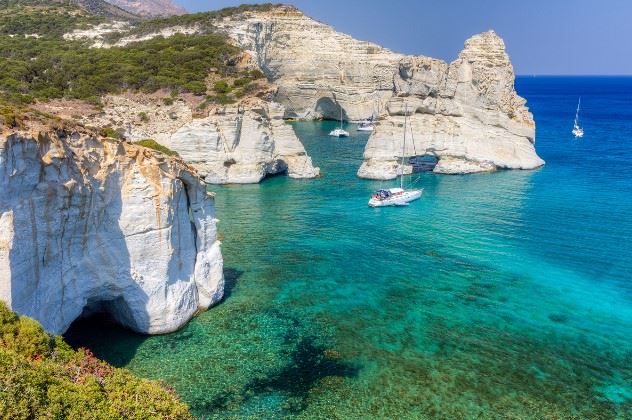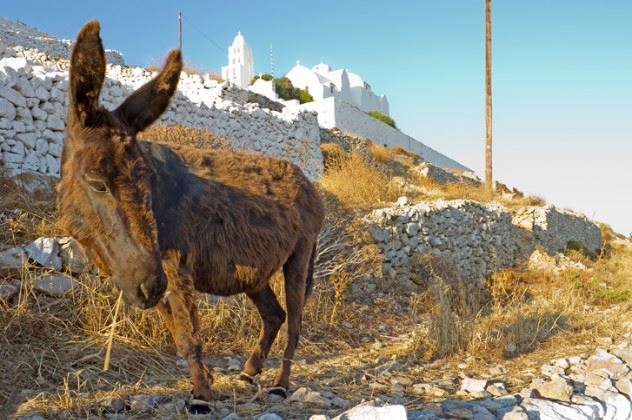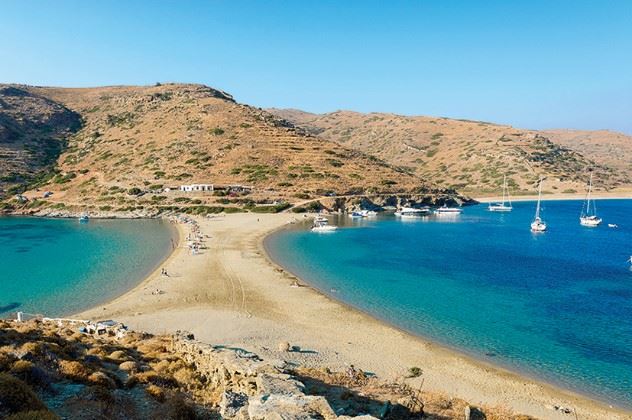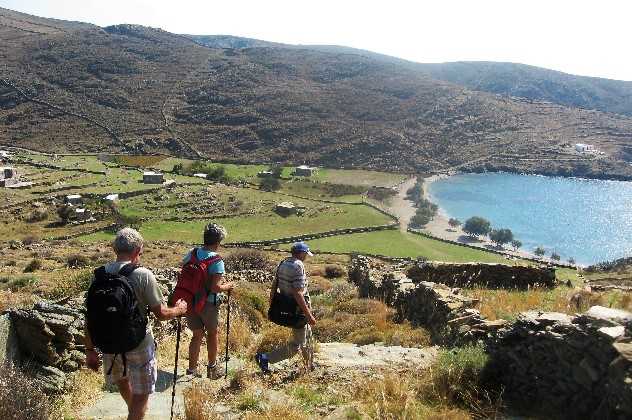There are around 220 islands in the Cyclades islands, in total, including the better-known islands of Mykonos, Paros, Naxos, and Santorini. But that’s only the beginning when you consider which islands are in the Cyclades. The other major islands include Amorgos, Andros, Antiparos, Kea, Kimolos, Kythnos, Milos, Folegandros, Serifos, Sifnos, Syros and Tinos.
The group also includes a string of minor islands known as the Lesser Cyclades, only four of which are populated.
Naxos is the largest island in the Cyclades islands, while Syros is the capital of the island group and has the largest population. The islands themselves are actually the peaks of mountains of the Aegeis, a landmass which was submerged around five million years ago, and Milos and Santorini are both volcanic.
The best time to visit the Greek Cyclades is the shoulder season of late spring and early autumn, avoiding the crowds and often soaring heat of peak summer, as well as the meltemi, a dry wind which is strongest from mid-July to mid-August.
Instead, spring is a lovely time to see flowers blooming, including orchids during March and April, while in June, the islands are scented with wild herbs. Easter can also be busy on the most popular islands though (and bear in mind that Greek Orthodox Easter falls on different dates, usually a couple of weeks later although this varies from year to year).
By autumn, the sea temperature is warmer but the crowds have mostly moved on, so the weather can be beautiful for walking or swimming. Unusually, you’ll also see crocus blooming during September and early October.
Between November and late March, much of the islands’ tourist infrastructure closes down outside the main tourist season, especially on the smaller islands. Ferries will often run a reduced route, and while larger attractions and archaeological sites may be open, you may also have limited hours. The Mediterranean weather can be more mixed during winter, although temperatures remain relatively mild, and you can expect some rain – there is even occasionally snow on high ground, although that’s becoming rarer.


